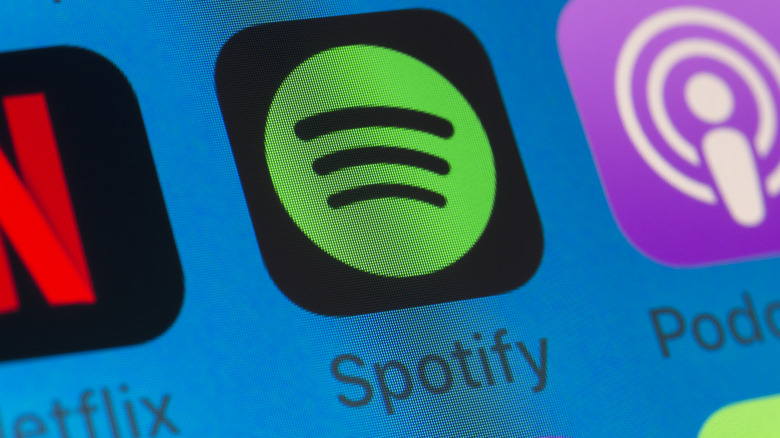Here's How Spotify Wrapped Actually Works
The holidays are now upon us. 'Tis the season for family, twinkly lights, and, of course, gifts. One of the most anticipated presents for music lovers each year is the data treasure trove that is "Spotify Wrapped."
The platform is host to a massive library of music, podcasts, and videos. Users each year spend countless hours listening, and Spotify keeps tabs on everything from play count to genre preference to favorite artists. Wrapped, essentially, is a scorecard for a year's worth of music. It also curates aesthetically fun, social media-friendly graphics to share with a user's friends and network to compare statistics.
Spotify dropped its first-ever version of Wrapped back in 2015 as an earlier iteration called "Year in Music." But how does it work? It should come as no surprise that the folks behind Spotify have developed an algorithm that captures each subscribed user's data to produce the annual December cultural phenomenon we've come to anticipate and love: Wrapped.
How Spotify gets data for Wrapped
Spotify Wrapped drops every year in December, offering subscribers a glimpse into their listening habits for the months prior. According to The Wall Street Journal technology columnist Nicole Nguyen, "Spotify Wrapped is a year end analysis that the company provides to its users, and it tells you things like how many minutes you streamed, your top artists, and it becomes something of a social media event because it's kind of like a personality quiz but for your musical year."
It does this through the use of an algorithm. But what data is included in that report, and how does Spotify get it? Spotify Wrapped uses listener data accumulated between January and the end of October. In order for a track to be officially added to the statistics involved in Wrapped, a user needs to listen to it for at least 30 seconds. Those listen counts go toward your individual stats but also count in the global statistics used to calculate top artists, genres, etc.
It's worth noting that third parties don't have access to Spotify data, but it retains a user's data indefinitely unless their account is deleted entirely. What Spotify does differently, according to Nguyen, is that "data collection's typically a one way exchange between the user and the company, [it is] also giving some of that data back to its users."

